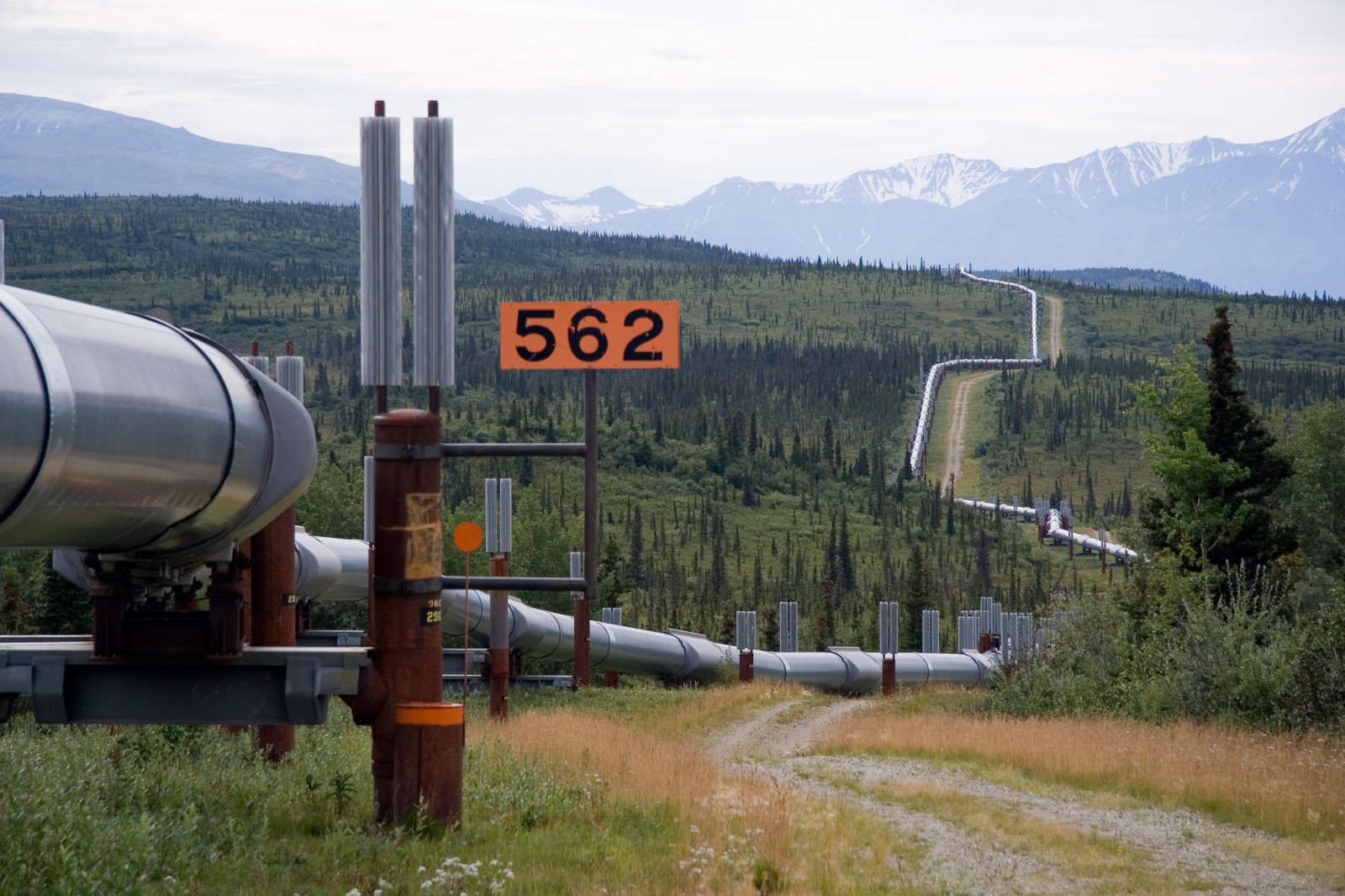Causes and prevention of cavitation in a pump
Cavitation in a pump is a physical phenomenon that affects all hydraulic systems and machines in general. This particular effect manifests with the formation of small bubbles, whose immediate collapse causes micro jets at very high pressure that can cause even serious damage.
One of the most common mechanical failures in a centrifugal pump is cavitation. Like all mechanical equipment that has been in service for several years, also pumps can be subject to damage to their components due to wear and tear.
Cavitation in a pump: how it happens
This phenomenon originates in nucleation, i.e. the origin of very small cavities that can constitute nuclei for the growth of macroscopic bubbles that will collapse shortly afterward. More precisely, this process can happen in two different ways:
- Homogeneous: when the thermal motions inside the liquid create microscopic voids that can turn into bubbles.
- Heterogeneous: when the presence of microparticles is detected which are dispersed in the primary fluid or caused by the roughness of the walls of the duct containing the fluid.
The tendency toward cavitation in a pump can be correlated to the presence of high head, significant hydraulic pressure losses in the suction line, considerable difference in level between the pump and suction tank, and high vapour pressure of the sucked liquid.
Cavitation in a pump: causes and consequences
The causes of cavitation in a pump can be many and varied. From improper use by the operator, to the quality of the products of centrifugal pumps, and so on. Pompe Zanni products easily pass all the inspection procedures, making the pumps less prone to this type of problem, precisely because they are built using the best materials available.
In the working state, the operating environment of the centrifugal pump and the influence of operating factors represent the largest part of the relationship between cavitation and the centrifugal pump.
The collapse and implosion phase releases an amount of energy that can cause major damage to the system. The main harmful consequences can be summarised as follows:
- worsening of pump performance due to the turbulence caused by cavitation. In terms of efficiency, it is estimated that a decrease of at least 3% is due to this phenomenon.
- Excessive vibration of the pump, which causes noise.
- Deterioration of the pump’s internal components, due to the collapse of the bubble near the wall of a component. In this case a liquid microjet (impinging jet) is generated, which erodes the solid surface and forms what are called “erosive pits”. The area where this phenomenon occurs most frequently is at the outlet of the impeller, because in this section there is a temporary depressurisation of the liquid, followed by a subsequent increase in pressure.
Cavitation of a pump: prevention
To prevent cavitation, the pressure of the liquid at all points must be below the saturation pressure. Some useful tips are:
- Use pumps in series or a multi-stage pump to reduce the head of the single pump (or stage)
- Increase the diameter of the pipe and/or decrease the length of the suction path
- Use a submersible pump or otherwise place the pump at the lowest possible level
- Reduce the temperature of the liquid (lowers the saturation pressure)
- Decrease the pressure drops in the pump
- Reduce the flow rate in the pump
- Decrease the impeller speed
- Increase the pressure at the pump inlet



